Search
Search Results
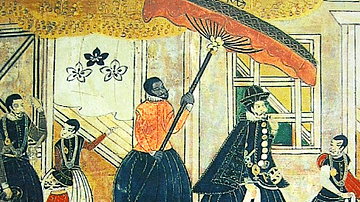
Image
Portuguese Traders by Japanese Painters
A detail of a painted screen showing the Japanese view of Portuguese traders. The Portuguese controlled the trading port of Nagasaki from c. 1571 to 1639.
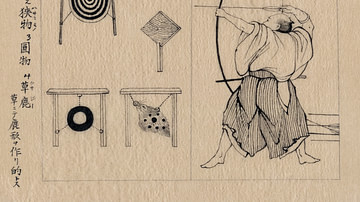
Image
Japanese Kyudo Archer
A 19th century CE illustration of an archer practising the Japanese martial art of kyudo. (Library of Congress)
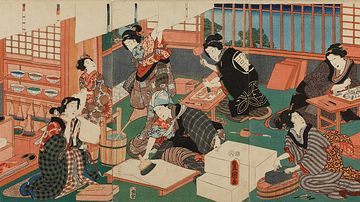
Image
Fictionalised Scene of Japanese Woodblock Printing
A mid-19th-century scene by Utagawa Kunisada fancifully showing fashionable Japanese women creating books using woodblock printing techniques.
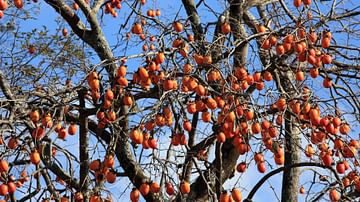
Image
Japanese Persimmon
Japanese persimmon.
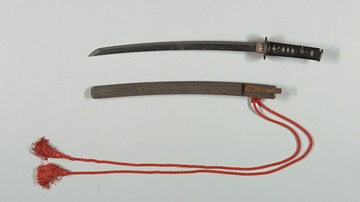
Image
Japanese Katana & Scabbard
Japanese steel katana and scabbard. Decorated with cord, iron, silver, gold, and shibuichi alloy. c. 1596–1615 CE. Yamato, Japan. (Cooper Hewitt, Smithsonian Design Museum)
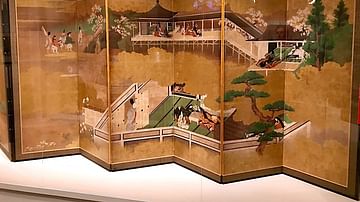
Image
A Japanese Folding Screen
A Japanese folding screen or byobu, used to sperate room space in traditional homes. This example shows a scene from the Tale of Genji. H. 153.4 cm x W. 349.9 cm. 18th century CE. (Asian Art Museum, San Francisco)
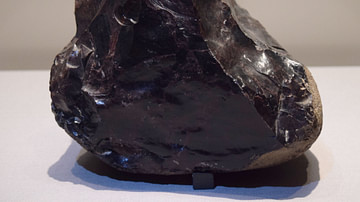
Image
Obsidian used for Prehistoric Japanese Tools
This piece of obsidian dates from the Paleolithic period or c. 18000 BCE, and it was uncovered in Engarau-cho on Japan's Hokkaido island. It helped prehistoric Japanese people in making stone tools. (Tokyo National Museum)
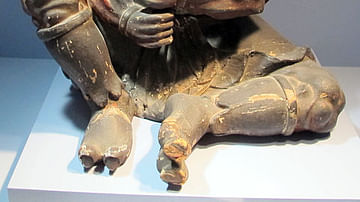
Image
Japanese Oni Figure
A figurine representing a Japanese oni or demon. Edo Period (17th-18th century CE). (Historisches Museum Bern, Switzerland)
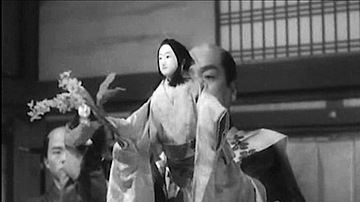
Image
Japanese Puppet & Handler
A scene from the 1952 film The Life of Oharu showing a female puppet and handler as used in Japanese puppet theatre.
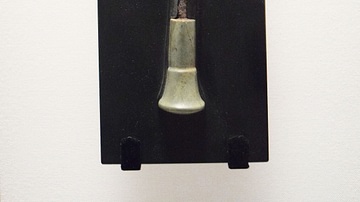
Image
Ancient Japanese Ceremonial Staff
This ceremonial object in the shape of a staff is made of Jasper. It is Japanese and it dates to the 4th century CE, during the Kofun period. (Tokyo National Museum)